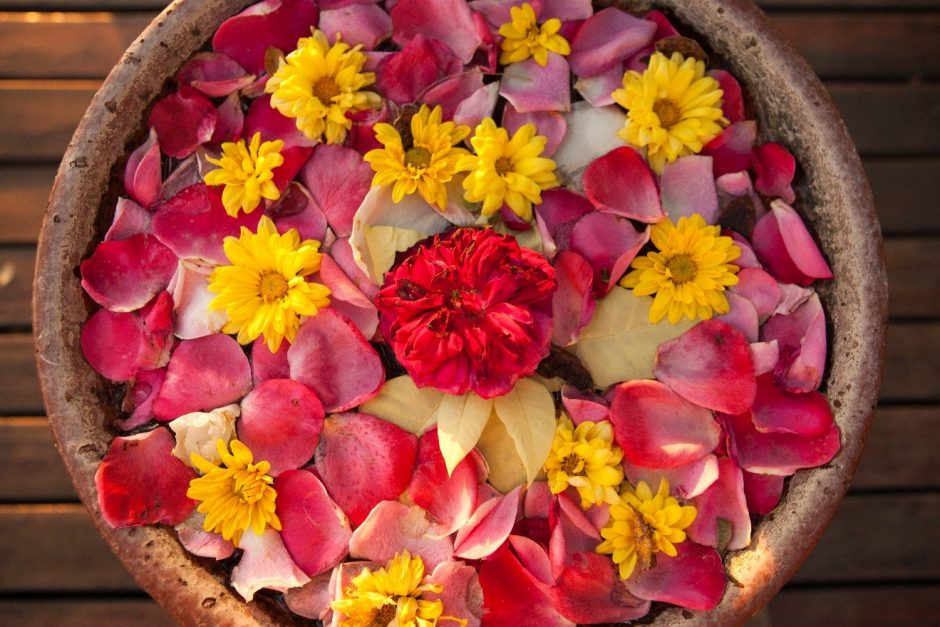
Macro Photography 101 & 102
What better time than now to learn some new camera techniques, get in your backyard or local natural area, and showcase the vibrant little things in life…flowers, beetles, butterflies, and so much more. Macro photography is one of my favorite things to do when I need to come up with unique photography, or if I’m getting tired of “the routine” shots in landscape and wildlife photography.
We’ve got two amazing resources to share here, providing tools on virtually everything macro photography. Whether you’re just beginning and wish to know how to make do with the gear you already have, or are looking to expand your horizons and try new techniques, my Macro 101 presentation is a great starting point.
Macro Photography 101 Presentation
For those that KNOW they want to pursue more advanced macro photography, but aren’t sure where to begin, my Macro 102 presentation is a great mix of some fundamentals, plus next-level instruction on techniques, gear, and inspiration.
Macro Photography 102 Presentation
Hope you enjoy, and feel free to leave a comment or question about your own macro photography exploits and we look forward to sharing!
Get out there and give it a shot!
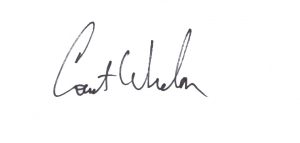
Court
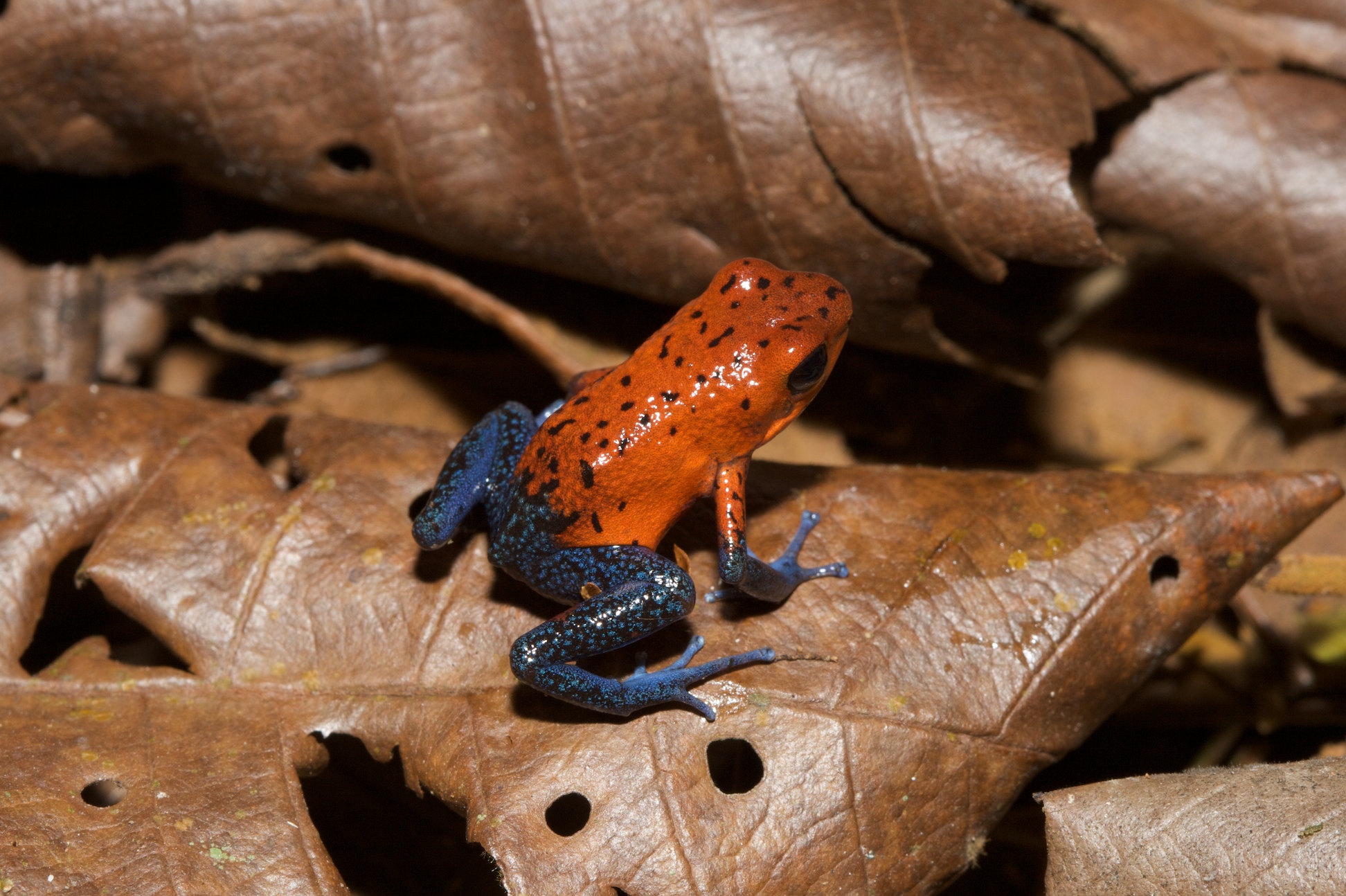
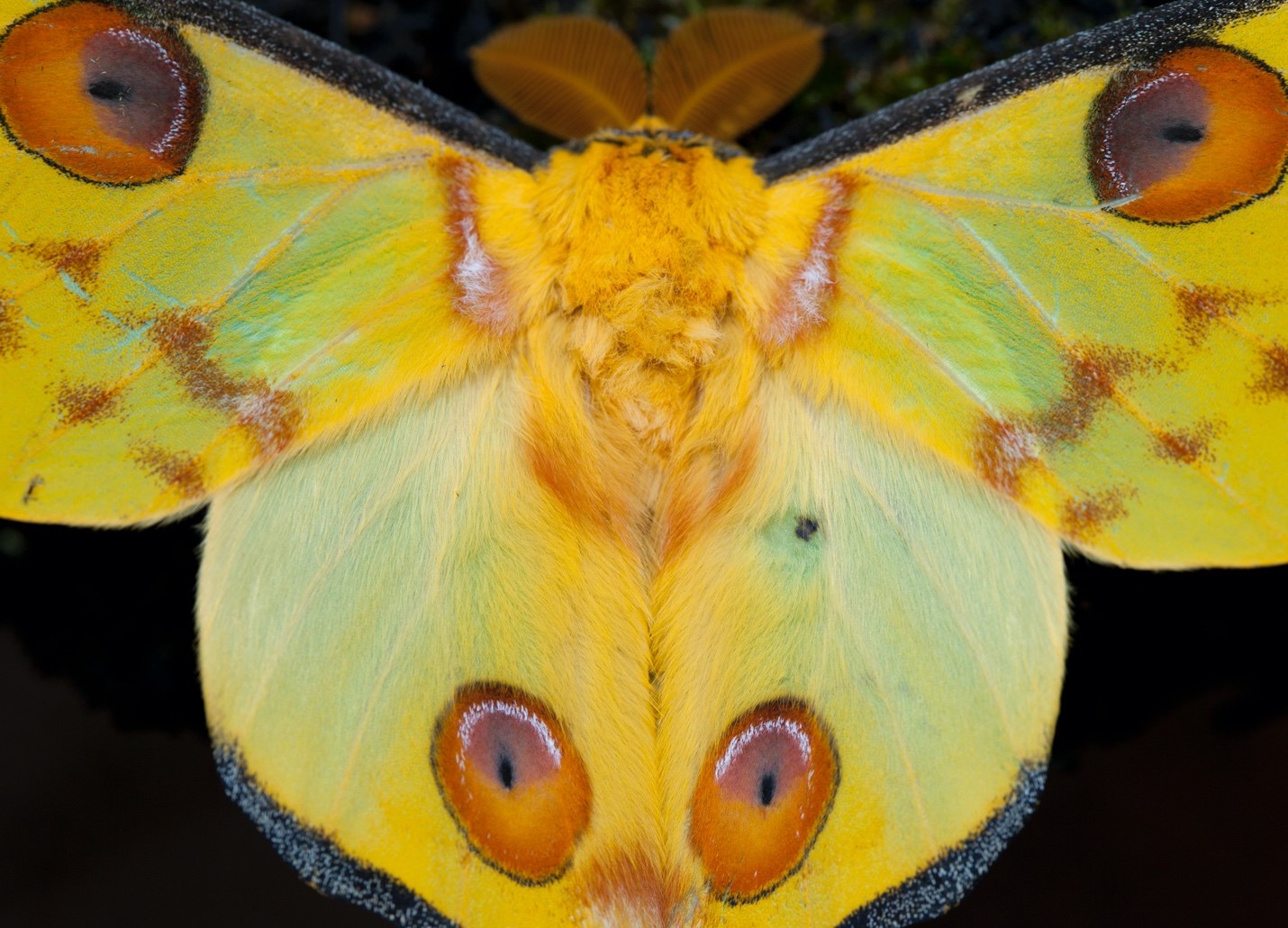
2 Comments

Donna
July 22, 2020 at 12:25 am
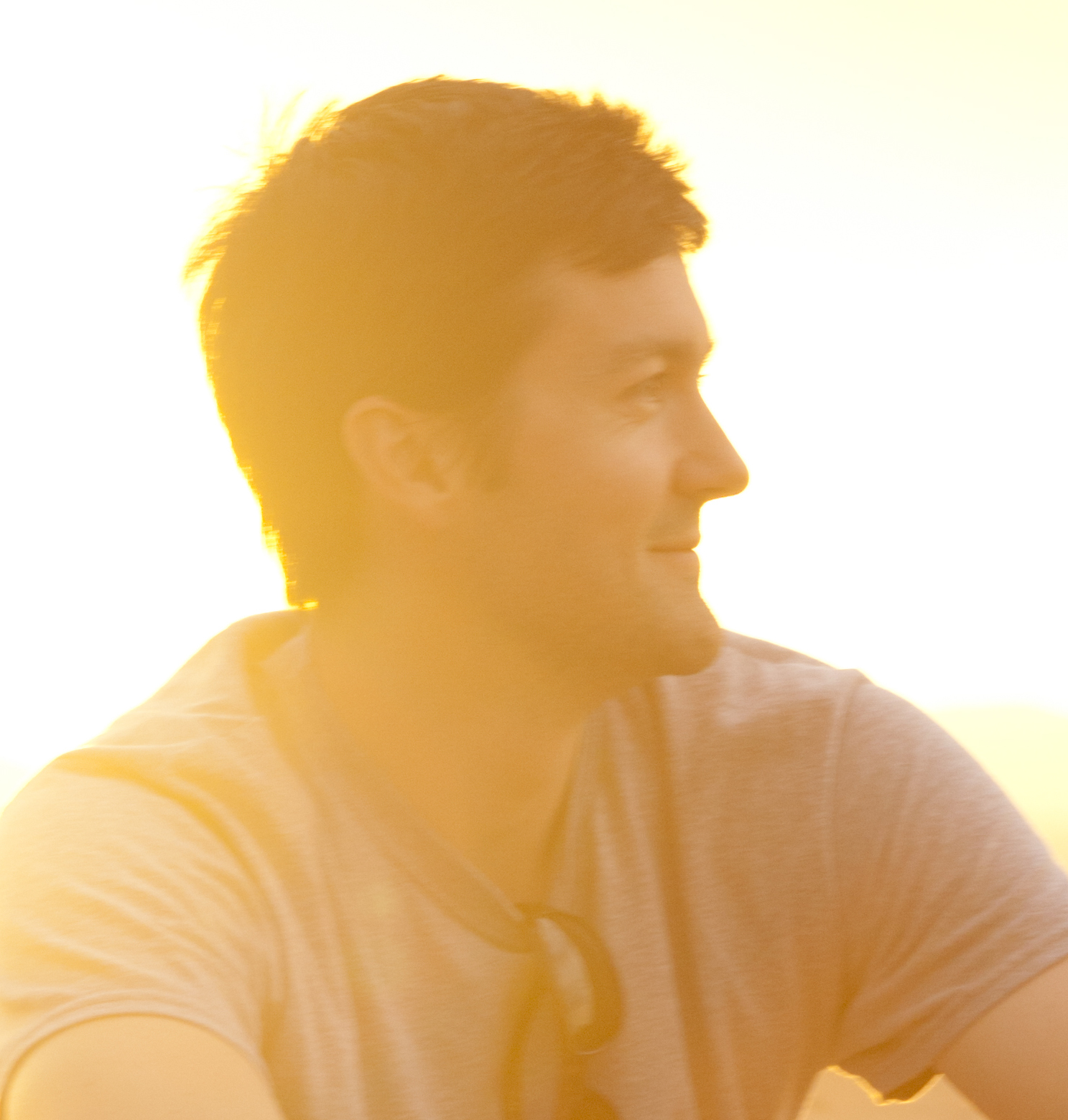
Court Whelan, Ph.D.
July 23, 2020 at 7:16 am
I’ve just watched both 101 and 102 for macro photography and learned a lot. I now have the basics to really go out and play with it. But one question about ISO: you recommend a 400 setting but don’t talk about when it would be helpful to change that. Would I increase it when I am at a greater distance from the subject?
Hi Donna, great question here! The iso should be increased (usually I double it with each time I try to increase it) when your photo is turning out too dark. Essentially what ISO does is increase your camera’s sensitivity to light, beyond the normal more “mechanical” way of increasing shutter speed or smaller f/number (i.e., bigger aperture). What you’ll notice, even with flash, is that if you are shooting at f/16 and 1/200th of a second for your shutter, depending on how powerful your flash is (or natural light if you’re in a very, very bright setting) your scene could be quite dark at iso400. Thus, if you experience this, increase it to 800 and take another shot…still too dark? Try iso1600 and then even iso3200. I personally don’t like to go much above iso1600 if I can help it, but if it’s the difference between getting the shot or not, I’ll continue to increase the iso until I get the light I want.
You MAY need to increase the iso as you get further from the subject, primarily because of “light falloff” from the flash. The light from the flash falls off at a very fast rate every time you move, even a few inches from your subject. Excellent example of when you may need to increase iso!
Hope this helps!!